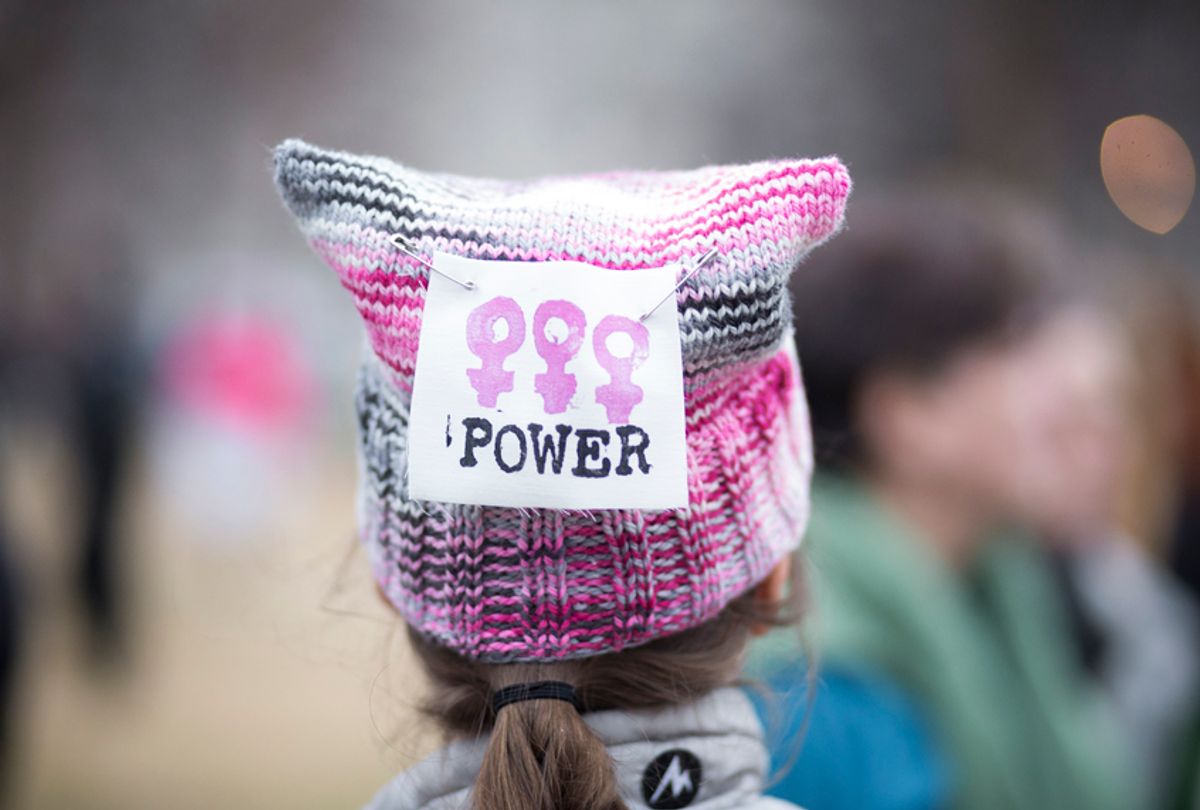Female candidates are holding strong midway through the primary season. If there are any significant changes in November, it will be because of a widening gender gap and a surge in Democratic female voters.
To date, 101 female candidates have won primaries across the nation and are headed to the general elections in November. What’s remarkable here is that these are non-incumbent candidates.
Add these women to the roughly 20% of women who make up the 115th Congress and are running for re-election and women may have a chance at having a more meaningful say in politics.
At the start of the primary season, roughly 385 women had filed for candidacy, almost 70% of them Democrats. A female candidate could be found on the ballot in more than half of the 56 most competitive House races in the nation. And roughly half the country has yet to vote in primary elections, which run into mid-September.
According to a report by The Washington Post, there are nine female candidates expected to win their races, including eight Congressional candidates and one gubernatorial candidate.
There are 23 candidates in competitive races, which include 21 more Congressional candidates from coast to coast, a Senatorial candidate for Nevada and a gubernatorial candidate for New Mexico.
Then there are an additional 69 female candidates across the country who will be on the ballot for Congress, Senate and gubernatorial elections who are not expected to win their races, according to the report.
But it’s a long road to November, and if 2016 has taught us anything, it’s that anything can happen. If any of the female candidates mentioned above are expected to win, it will be Democratic female voters who will put them in power.
What may be truly notable this year is the gender gap, according to The Cook Political Report. Early polling in this primary season showed the gender gap ranging from 11 to 17 points. That compares with recent mid-term elections where the gap has been in the single-digits. According to that report, this year could shatter that record. If women turn out the vote, and vote Democratic, as expected, it could impact election results significantly. Women traditionally make up roughly 52% of the mid-term vote. Recent polling shows women turning away from Republicans for Congress while men are expected to skew Republican this mid-term election.
There’s also been a notable gender gap in campaign donations this year. Women have accounted for 30% of all federal contributions so far, which is higher than usual, though not a record. They have contributed almost 70% to Democrats and liberal outside groups, which is also higher compared to previous cycles. By contrast, male voters have donated 48% to Democrats and liberal outside groups. But that’s a 20% gender gap – the largest since at least 1989, according to the Center for Responsive Politics.
The female Republican candidates certainly feel the fundraising pain. While Democratic female challengers can raise about 93% of what male challengers have raised, because of reasons outlined above, that’s not so for the few female Republican challengers. Female GOP challengers had only raised 22% of what their male counterparts had raised, according to a report by the Center for Responsive Politics in November 2017. But in races for Open House seats, Republican women can roughly match the fundraising efforts of their male challengers.
Female candidates across the aisle face fundraising hurdles when it comes to receiving PAC support, even for open seat campaigns. Female candidates account for about one-third of the open seat candidacies yet receive less than 20% of PAC support—further proof that it will be down to the female voter if there’s any significant shift in gender power and Democratic gains this November.




Shares